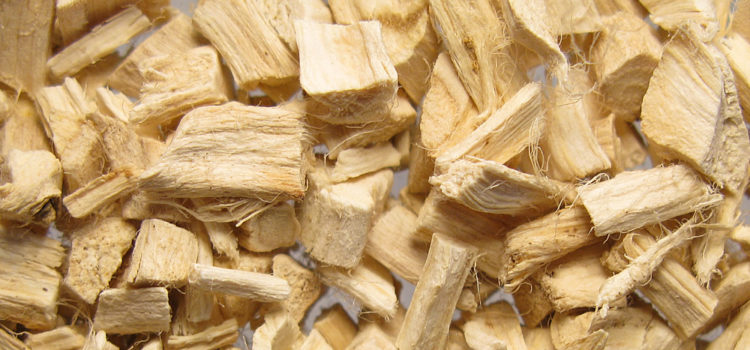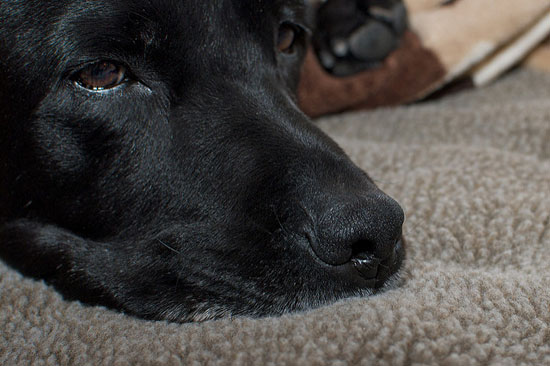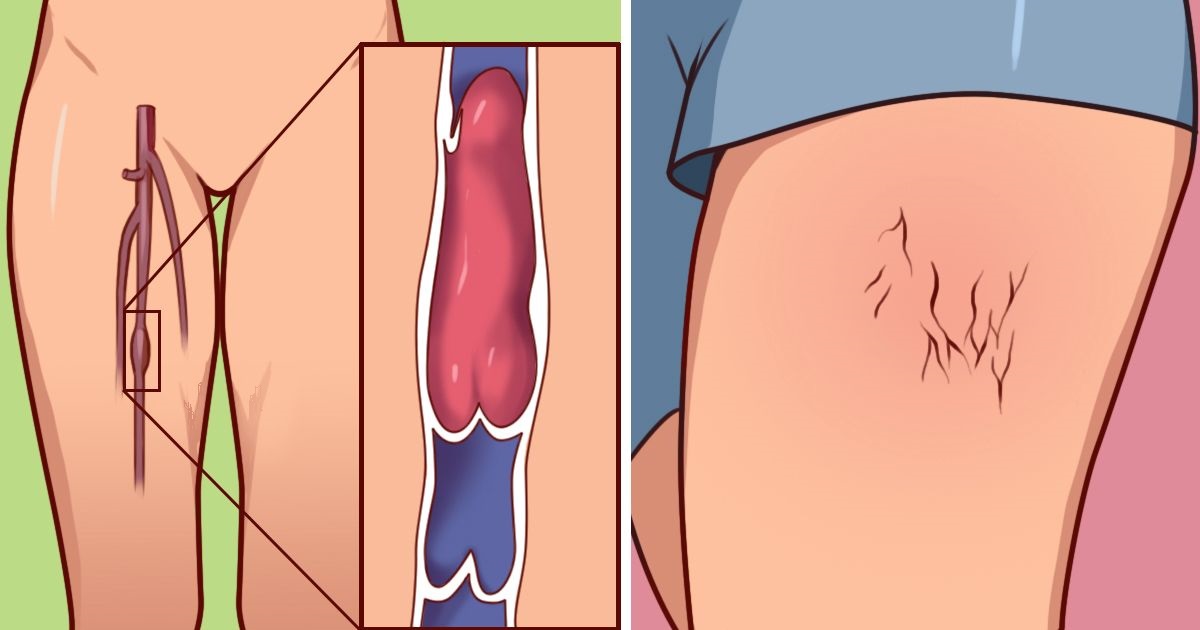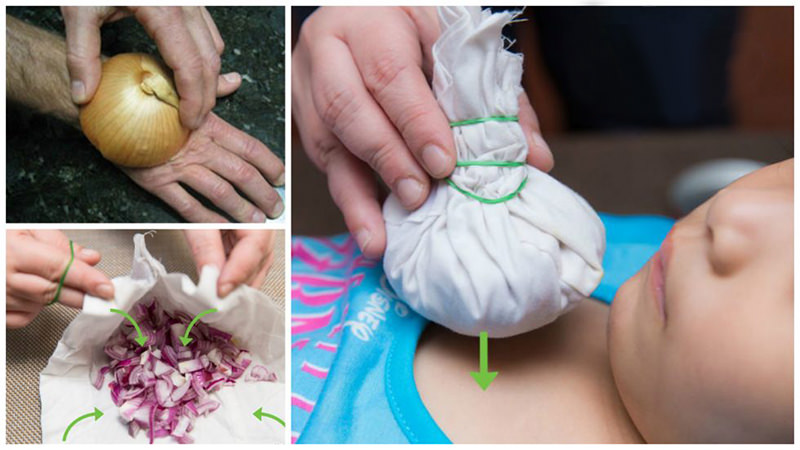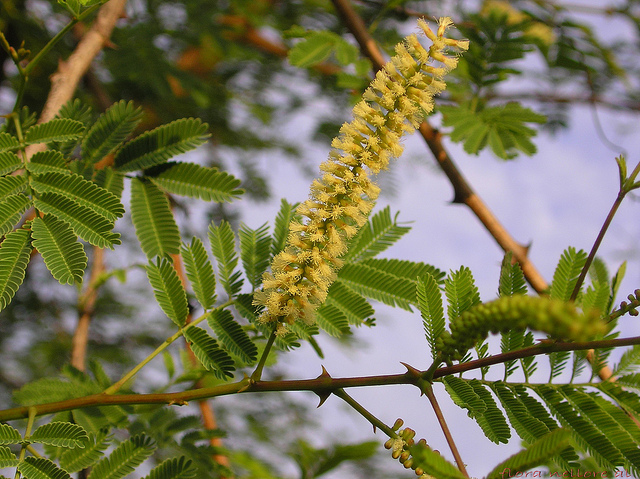Experts developed a new technique to study the bacteria that is the cause of diseases, how it can spread and develop in an environment after a cough or sneeze. The results are surprising.

A subset of pseudomonas aeruginosa which is a type of bacteria connected to hospital infections, spread by sneezing or coughing can stay viable for up to 45 minutes.
What scientists say is that the research showed that the pathogens could spread for about 4 meters and be viable for almost an hour.
The goal of the research was to find out how the bacteria we expel by coughing can travel and infect other people.
This type of bacteria is a widespread sort, resistant to most of the drugs and can be a source of hospital infections like ventilator-associated pneumonia and also sepsis. Usually, the bacteria causes disease at bodies with already existing conditions or diseases. Even though there are a lot of studies, science still does not understand the power of a sneeze to spread the infection.
“Most research in this area to date has focussed on laboratory-generated bio-aerosols, or airborne droplets, which are different from natural respiratory droplets generated by humans in composition and mechanisms of production,” said the project leader.
A new method was developed, in order to target the short and long-term ageing of the bio-aerosols, without the air contamination.
This method made it possible for the scientists to research how the aerosols from a cough or a sneeze could spread and to what extent.
Airborne cough droplets were used in demonstration and at the moment they hit the air they became dry, cool and also light enough to stay in this condition. They partly degraded when getting in touch with oxygen making it impossible for the bacteria inside to survive.
The scientists discovered that much of the bacteria only had a ten seconds half-life, however a smaller percentage did experience life over ten minutes.
This showed that some of the bacteria have resistance towards biological degradation, which made it possible to them to stay viable in room environment to pose risk infection, particularly for people with problems of the respiratory tract.
Even though the reason of occurrence of the phenomenon is not certain, the researchers think that it is because of the connection to the production in the respiratory tract and the size of the droplets.
The researchers’ opinion that since droplets are produced in different parts of the respiratory tract, they could be carriers of different types of bacterial colonies.
Basically, bigger droplets take more time to evaporate enabling them to develop resistance to decay and ability to keep the viability of bacteria for longer period of time.
Still, the research is very important in terms of control of infections in hospitals, at the same time providing more evidence in backing up the all-present warning – keep your mouth covered when coughing and sneezing, making sure to wash your hands afterwards!

